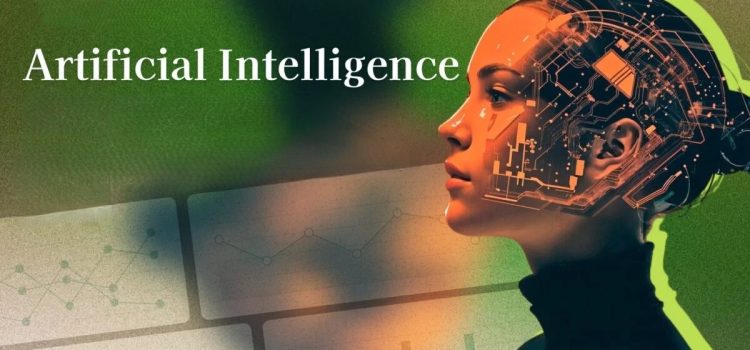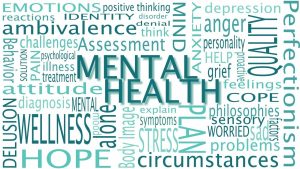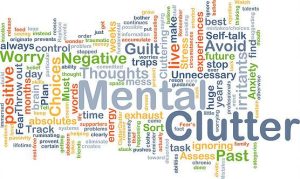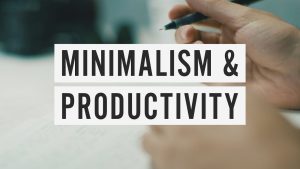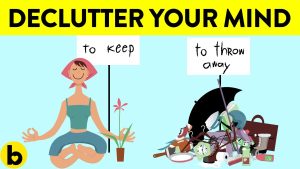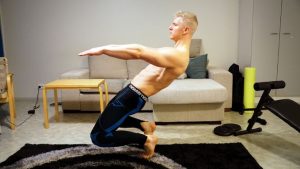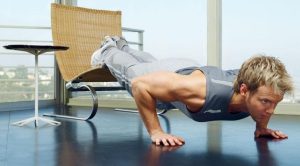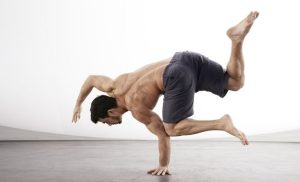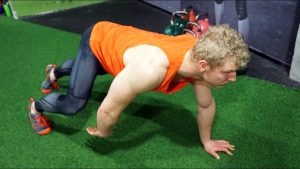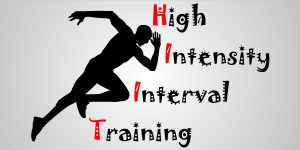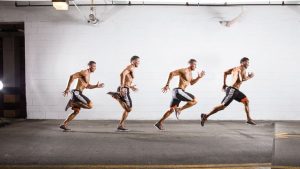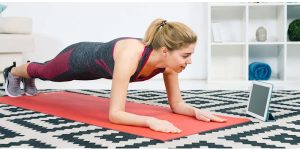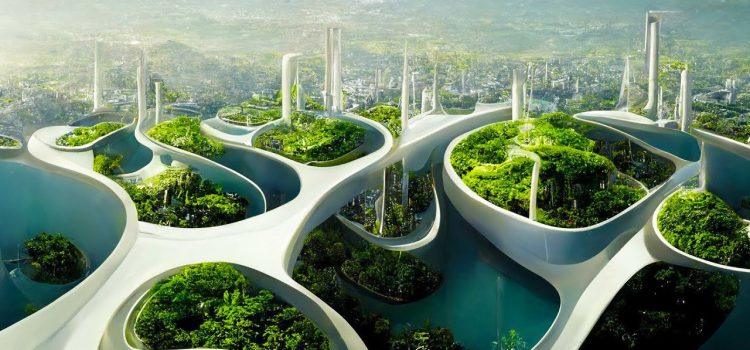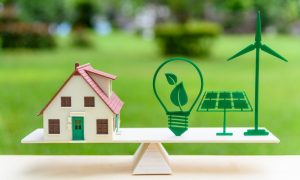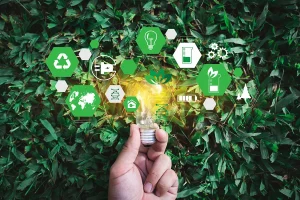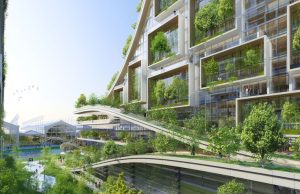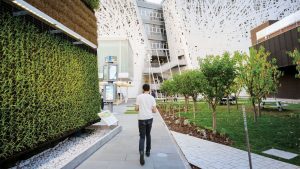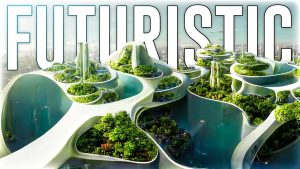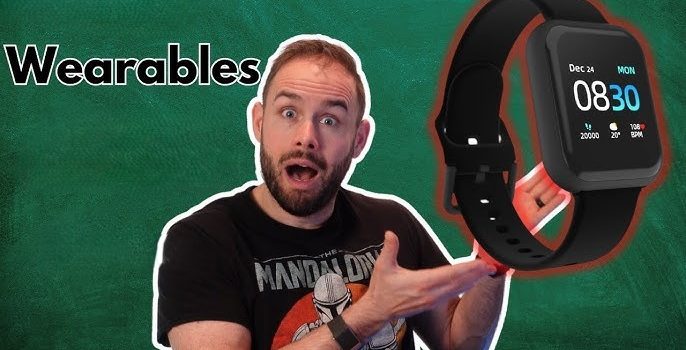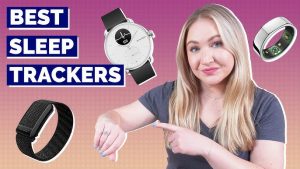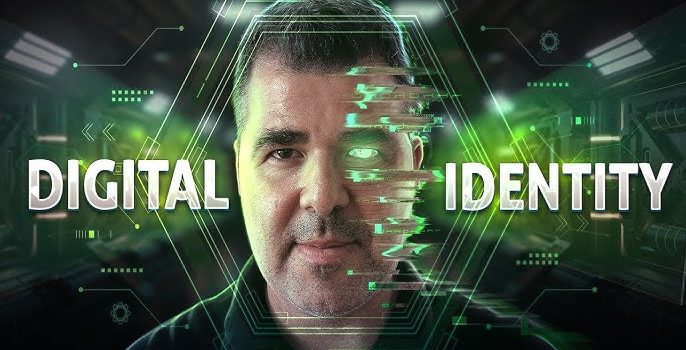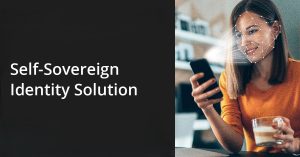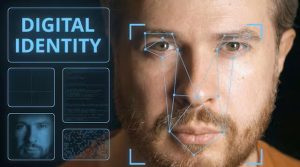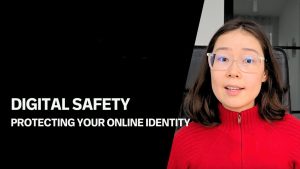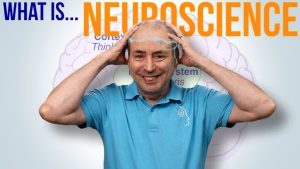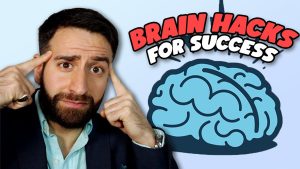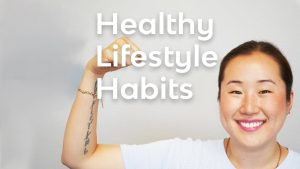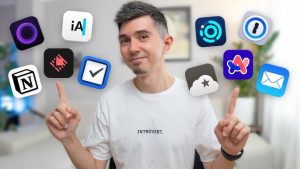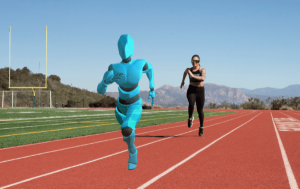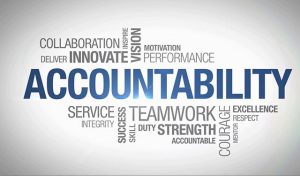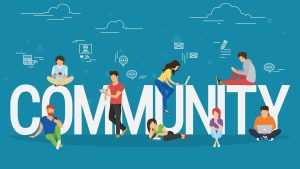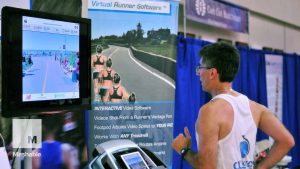
Introduction
In 2025, artificial intelligence (AI) is changing the way content is made, shared, and viewed. AI-generated content is now a powerful tool that influences public opinion, shaping how we think, act, and interact with the world. From social media posts to news stories, AI is used to create messages that can change opinions and even set trends.
As AI technology grows, its effect on public conversations is becoming more important. But how is AI content influencing the news and stories we see every day? And what does this mean for society, politics, and democracy? This article will look into how AI is changing public opinion in 2025, showing both the good and bad effects of AI content.
What is AI Content?

AI content is any written, audio, or visual material made by artificial intelligence. Unlike content made by humans, AI uses complex programs to analyze large amounts of data and create content based on patterns and trends. AI content can include news articles, social media posts, ads, videos, podcasts, and even political speeches.
The main goal of AI content is speed and scale AI can create a lot of content quickly, saving time. With the growth of machine learning, AI tools are getting better at copying human language, emotions, and tone. This means AI is being used in many industries, from marketing and entertainment to politics and news. In 2025, AI isn’t just automating tasks; it’s creating content that connects with people, shaping their thoughts and actions.
Benefits of AI in Shaping Opinions

AI offers numerous benefits in shaping public opinion. One of its primary advantages lies in personalized content delivery. By analyzing user preferences and behaviors, AI algorithms customize news feeds and content recommendations to match individual interests. This personalization not only enhances user engagement but also improves the relevance and quality of information accessed by individuals. Furthermore, AI’s ability to process vast amounts of data in real-time provides valuable insights into public sentiment, aiding businesses, governments, and organizations in making informed decisions and strategic interventions.
The Role of AI Content in 2025
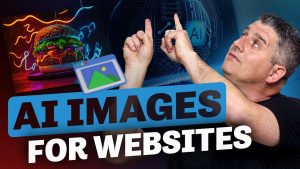
In 2025, AI content will play a central role in how we consume and interact with information. With the rise of social media and digital marketing, AI will continue to influence how content is created, shared, and consumed. AI will be used not only to generate written content but also to create videos, images, and interactive experiences that engage users. As more companies use AI to craft their messages, it will become a key tool in shaping public opinion and driving engagement. The role of AI in content creation will expand, making it an essential part of digital marketing and communication strategies in the years to come.
How AI Content Affects Public Opinion

AI has a big impact on how we form opinions, as it can change how people see events, issues, and even their own beliefs. Here’s how AI content is influencing public opinion in 2025:
1. Personalized Content for Targeted Influence
One of the strongest parts of AI is its ability to create highly personalized content. By using machine learning, AI can look at data about what people like and their habits, then generate content that matches their interests. For example, if someone often interacts with certain types of news or products, AI will keep showing similar content, reinforcing their beliefs.
This personalization can be seen on platforms like Facebook, Twitter, and Instagram, where AI-powered systems decide what posts and ads you see. This targeted approach not only changes your online experience but also influences your opinions, making it easier for certain ideas or beliefs to take hold. In politics, AI-created ads or messages can appeal to voters’ emotions, swaying their views.
2. AI in News and Journalism
AI is becoming more important in journalism, shaping how people form opinions. AI tools are now used by news outlets to write articles, track trends, and predict what people care about. For example, AI can scan large amounts of data to find breaking news, create headlines, and even write full articles based on facts.
But using AI in journalism also raises questions about accuracy and fairness. AI content is only as reliable as the data it learns from, meaning it can sometimes spread false or biased information. If AI systems are set to prioritize exciting or click-worthy stories, they could spread misleading information, which could shape public opinion in ways that may not benefit everyone.
3. Social Media and Viral AI Content
Social media platforms are where AI has the most impact on public opinion. From automatic posts to AI content suggestions, these platforms use smart algorithms to keep users engaged. AI can predict which content is most likely to go viral, helping to create trends and popular topics.
This AI-driven content has a huge effect on public perception. Trending topics, viral videos, and influencer posts are all shaped by AI, which creates social movements and drives public conversations. Whether it’s promoting a political idea, selling a product, or rallying for a cause, AI content plays a big part in shaping how people think.
4. Influence on Political Campaigns
AI is also changing how political campaigns run in 2025. Political groups use AI to create persuasive messages, target voters, and sway opinions. AI can generate speeches, social media posts, and even debate responses that match a candidate’s views, all while focusing on the concerns of specific groups.
AI also helps predict voter behavior and adjust campaign plans based on real-time data. By analyzing public opinion and voting patterns, AI can help candidates understand what issues matter most and create content that resonates. This data-driven approach to politics makes campaigns more effective, but it also raises concerns about honesty and the manipulation of voters.
The Ethical Implications of AI Content

While AI content can be a great tool for communication and persuasion, it also brings up serious ethical issues. Here are some key concerns:
1. Bias and False Information
AI systems are only as fair as the data they learn from. If AI is trained on biased data, it can create content that repeats those biases. For example, if AI is trained on data that favors one political view or social idea, it might strengthen those beliefs, creating echo chambers and making people more divided. This can spread false information and stop people from forming their own opinions based on true, diverse facts.
2. Lack of Responsibility
When AI makes content, it can be hard to know who is responsible. If AI content is misleading or harmful, who is to blame? The creators, the platform, or the AI itself? The lack of clear responsibility makes it hard to fix problems like fake news or misleading ads. Without more transparency in AI content, it’s tough to hold anyone accountable for the effects on public opinion.
3. Use of Personal Data
To create personalized content, AI systems often rely on large amounts of personal data. This raises concerns about privacy and how personal information is used to influence opinions. Many people don’t know how much of their personal data is being collected and used to shape their views. This lack of awareness can lead to a loss of trust in online platforms and a feeling of being manipulated by unseen systems.
How to Handle AI-Influenced Public Opinion

As AI continues to affect public opinion, it’s important to be aware of its influence. Here are some tips to help you navigate the world of AI content:
1. Get Information from Many Sources
To avoid falling into a filter bubble, try to get information from different sources. Relying on AI content from one platform or political view can limit your perspective. Make sure to seek out different opinions and check facts to ensure they’re true.
2. Question the Purpose of AI Content
Before believing content, think about why it was made. Is it meant to convince you of something, like a political view or product? Understanding why AI content was created helps you stay critical and thoughtful when reading it.
3. Protect Your Privacy
Since AI relies on personal data, it’s important to protect your privacy. Use privacy settings on social media, avoid sharing too much personal information, and be careful about the data you share online. The more you control your data, the less impact AI will have on your opinions.
The Future of AI Content
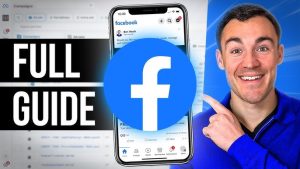
The future of AI content looks bright, with even more advanced AI tools expected to emerge. As AI continues to improve, it will get better at creating content that is interesting, helpful, and emotionally engaging. In the future, AI might be used to create personalized news stories, ads, and social media posts that match individual tastes. This technology could also help curate content that shows different viewpoints and experiences, making it more inclusive. As AI content keeps growing, it will play a bigger role in shaping public opinion, guiding conversations, and influencing trends across various industries.
Comparative Table: How AI Content Shapes Public Opinion
| Aspect | Description | Impact on Public Opinion |
|---|---|---|
| Personalization | AI customizes content based on individual preferences. | Reinforces existing beliefs and biases. |
| News and Journalism | AI creates and curates news articles using data analysis. | Can spread false information and narrow views. |
| Social Media Influence | AI selects viral or engaging content for users. | Shapes trends and public conversations. |
| Political Campaigns | AI-driven content targets voters with personalized messages. | Influences political views and voting behavior. |
| Bias and Misinformation | AI content can spread biases if trained on biased data. | Leads to more divided opinions and distrust. |
Conclusion
AI content is greatly affecting how public opinion is shaped in 2025, from politics and news to social issues and consumer behavior. While it offers the benefits of personalization and speed, the ethical concerns about AI content can’t be ignored. As AI continues to develop, it’s important for people to stay aware, question the content they consume, and protect their privacy. Navigating AI content requires awareness, critical thinking, and a commitment to getting information from diverse sources.








